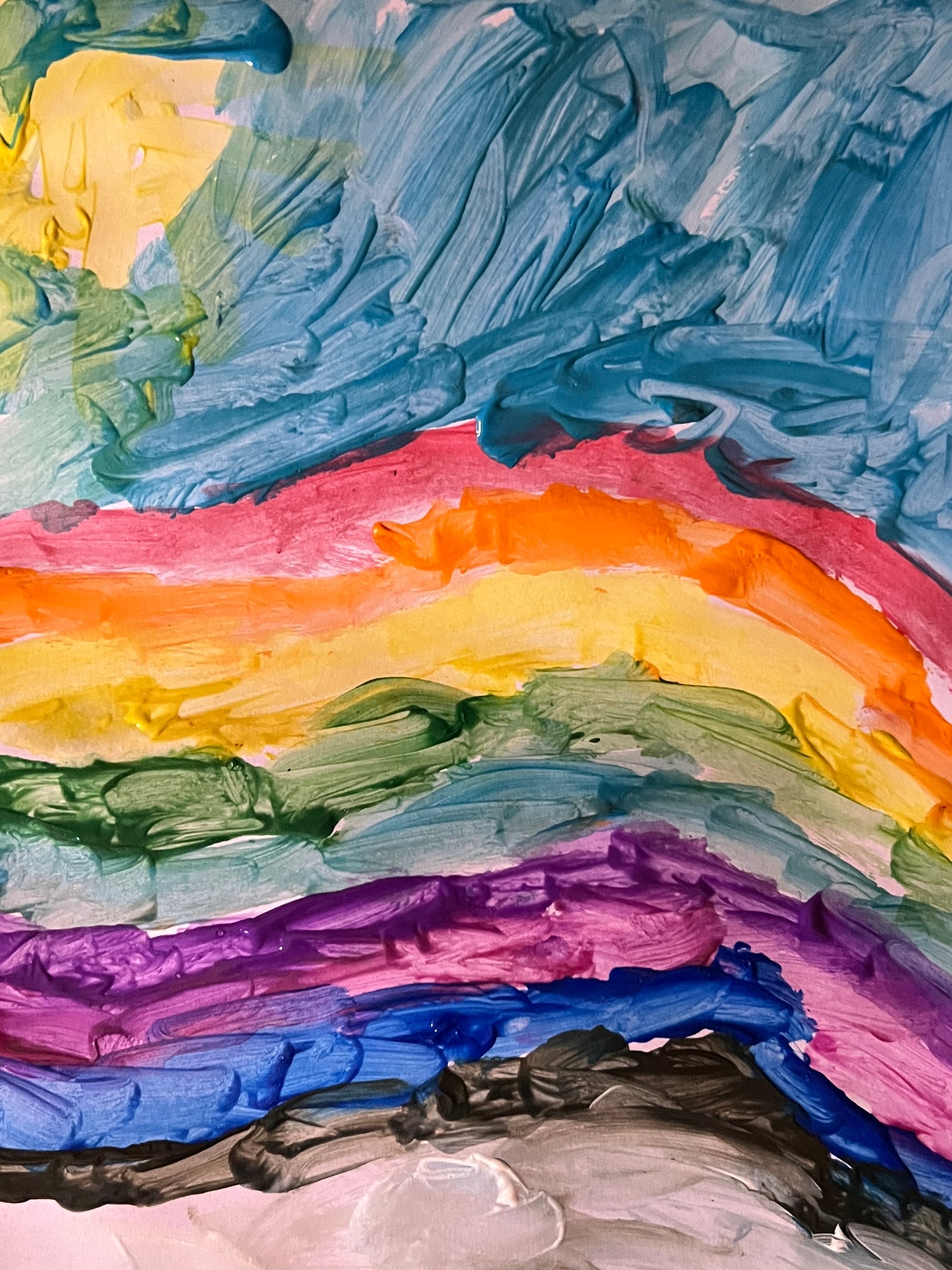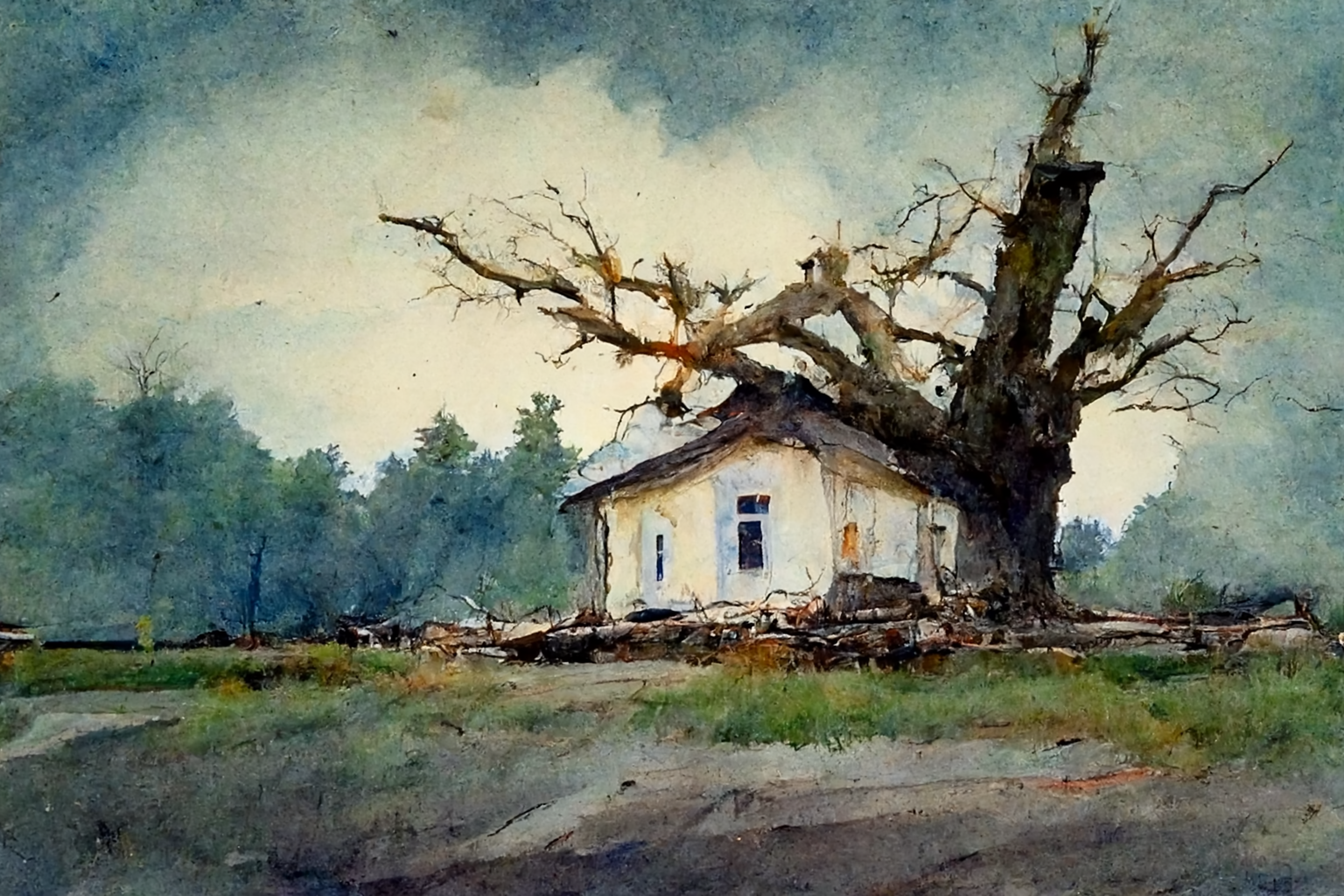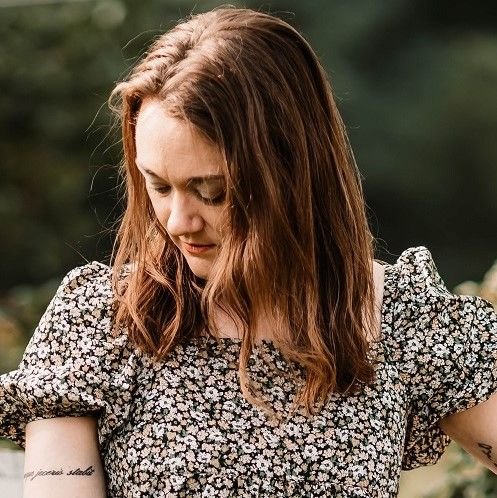Anguished Screams
I had to just pretend that I wasn’t completely broken inside.

I first heard the news via a Facebook post from a teacher I know. She wrote, “I know that thoughts and prayers do not bring back the murdered.”
I didn’t have to read further. I knew that another mass shooting had occurred.
I opened my CNN app to read the headline: Deadly shooting at Texas elementary school. 14 students and one teacher.
My husband was cooking dinner. I held up my phone so he could read the headline. I was fighting back tears. “Do you need to take the night off?” my husband asked. By that, he meant, “Do you need me to take care of the kids so you can have some time alone?” I nodded.
He called the kids in for dinner. My 10-year-old started screaming, “DADDY IS MAKING FUN OF ME BECAUSE I DON’T LIKE CAULIFLOWER!” My 4-year-old ignored the dinner announcement, continuing to play with a toy. I tried to coax her into the kitchen, but she ignored me. Finally, I pulled the toy away from her and picked her up, hauling her to the table. She began to shriek.
I considered letting her go, letting her continue playing and skip dinner. What’s the harm? Of all days, isn’t today a day when it’s not worth the battle?
But I couldn’t. I had to just pretend that I wasn’t completely broken inside. As a family, we always go around the dinner table and say what we’re thankful for. She continued to scream.
When it was my turn, I said simply, “I’m thankful that we’re all here at this table.” I couldn’t say anything more. I’m sure that my oldest son will hear about the shooting on tomorrow’s morning news, but I didn’t want him to see my pain. Not because I wanted to hide my emotions — but because I don’t want him to be afraid of school.
The older kids eventually wandered away from the table. I stood at the fridge, refilling my cup of water, tears running down my cheeks.
“Why are you sad?” My 4-year-old asked.
I tried to explain what had happened in terms she could understand. “There was an accident. Some people got hurt.”
“What people?” she wanted to know.
“Some kids,” I replied. “Some kids got hurt.”
“Where?” she asked.
I hesitated, and finally said, “They got hurt at school.”
“I get hurt too,” she informed me. “I hurt my cheek. I bumped it on my bed and it hurts.” She pointed to her cheek for dramatic effect. I brushed her bangs away from her eyes.
After dinner, while my husband cleaned up the kitchen, I helped my 10-year-old prep his model volcano, a school project that is due tomorrow. He began mixing paint together, forming a brownish color for his clay base.
My 12-year-old told me that he’d successfully presented a video recording at school. He was having trouble with the camera on his Chromebook, so I had let him borrow my laptop the night before. He recorded himself via Zoom and then transferred the video file to his school Google Drive. “Your idea worked, Mommy!”
The dinner… the science fair… the school Chromebook. It was so surreal. Any of it could be gone in a second. My chest felt tight. I took my tea and a slice of leftover cake and went upstairs.
And now here I sit at my computer. I hurt every time there is a shooting (like just a few days ago in Buffalo) but it hurts in an extraordinary way when it is children. I am helpless and horrified. Hillary Clinton posted on Twitter:
Thoughts and prayers are not enough.
— Hillary Clinton (@HillaryClinton) May 24, 2022
After years of nothing else, we are becoming a nation of anguished screams.
We simply need legislators willing to stop the scourge of gun violence in America that is murdering our children.
A nation of “anguished screams.”
As I wrap up writing this, my 4-year-old appeared at my side. She handed me a still-wet painting: a rainbow. Rainbows have always held a special significance for me, with her.
It felt especially meaningful that she painted a rainbow for me tonight.



